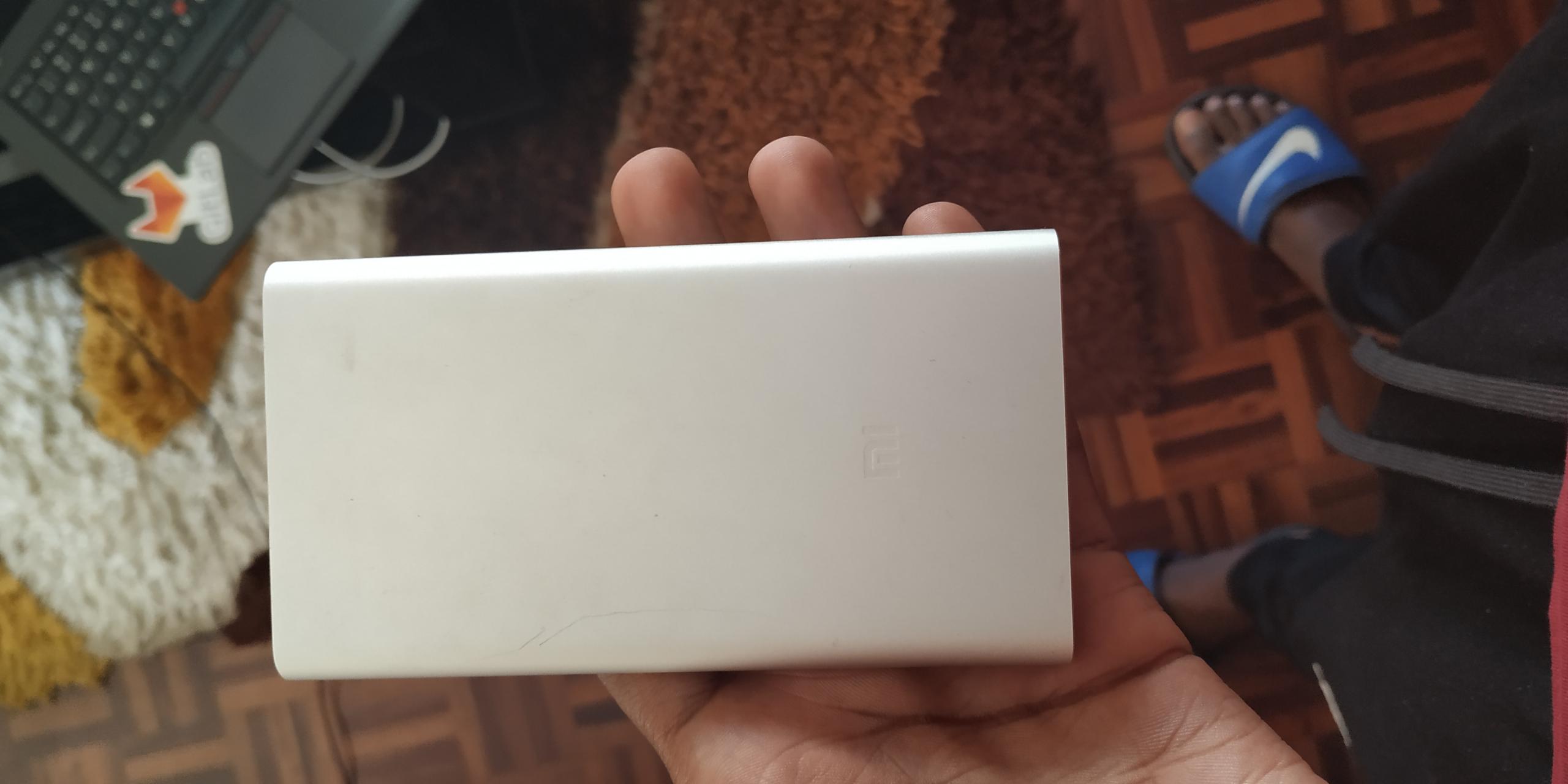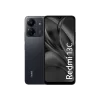We thought we had turned a corner. Thought half-a-day power cuts were firmly in our rearview mirrors. We were wrong. This is Zimbabwe, politicking and corruption mean mismanagement is the name of the game. Unfortunately, this means our old nemesis, 12-hour blackouts are back.
Much has been written about what the government and ZETDC need to do to solve this crisis. On their part, they have revealed an unsustainable stop gap solution. We are not here to discuss all that. We are here to talk about the small practical solution available to reduce the negative impact disconnection from the internet has on our lives.
The fast charger
We already discussed fast chargers. Those will help you top up your devices quickly in the short window you have to charge them. Read that article first before purchasing a fast charger. That fast charger will be essential if you are to get the most from the power bank you are about to purchase.
The power bank
When massive power cuts first hit us in the noughties, I remember people jokingly wishing we could store up electricity in buckets like we did water. Well, these are not quite buckets but indeed tirikuchereredza magetsi (storing electricity.)
So, a power bank is simply a portable rechargeable battery that can be used to charge other devices. We all know them by now, I assume.
The need to choose
Power banks come in different sizes. From ones that cannot even top up a phone once to ones that can power fridges, called portable power stations at that size. General rule – the higher the capacity, the higher the weight, the higher the price. Considering that the high end high capacity ones can cost over US$1000, decisions will have to be made.
Determine your power needs
The first step before buying one is determining what exactly you will be charging. Then find out the battery sizes of your devices. In my case, the phone has a 4000mAh battery and the mobile Wi-Fi router, 1500mAh. That will inform which size power bank you will need.
The second decision will be on how many times you wish to be able to top up your devices from one charge of the power bank. If, for example, your phone can only manage 3 hours screen on time, you will need to charge it more than once during the day.
Also to consider is if you might be using the power bank on travels where you might not have access to a power socket for more than the 12 hours we are working with here.
Having decided the above, quick maths will lead you to the right size power bank. For me it was:
Phone (4000mAh)- Charged twice to get me through a weekend – Total 8000mAh
Mobile WiFi (1500mAh) – Charged 3 times to get me through a weekend – Total 4500mAh
Grand total – 12500mAh
Choosing the right capacity power bank
You’d think a 12500mAh power bank would have enough juice for me but it’s not that easy. It would fall woefully short.
Some of us may have noticed that you hardly ever get the advertised mAh. A 10000mAh power bank never seems to be able to top up a 4000mAh phone even just twice. Is it false advertising or what? It is misleading but here’s why that’s the case.
Voltage. Power banks output at 3.7V and yet the phone’s battery charges at 5V. So, to get the actual mAh we would get from a power bank we need to convert mAh to watt-hours (mWH). Let’s work with a 20000mAh power bank.
20000mAh * 3.7V = 74000mWH
When charging at 5V: 74000mWH /5V = 14800mAh
Power losses
So, the 20000mAh power bank has only 14800mAh you can use. Except it’s not quite 14800mAh you have. There will be further power losses, you will lose energy to:
- The conversion of 3.7V to 5V (by convertor circuit between power bank and device)
- The conversion of 5V back to 3.7V (both the power banks and phones use the same battery technology which means phones also operate at 3.7V)
- The cable (the resistance in the cable wastes a little more energy)
- Heat – some energy will always be lost to heat whenever you charge.
Actual capacity you can expect from a power bank
As you can imagine, different brands will have different efficiency ratings for dealing with the power losses. The best will have around 90% efficiency.
Therefore, the 20000mAh breaks down as follows:
(20000mAh x 3.7V) / 5V = 14800 x 90% = 13320mAh. Yikes.
The general rule is that to get the actual capacity you multiply the advertised capacity by 2/3. That is, in my example: 20000 x 2/3 = 13333mAh.
So, for me, the 20000mAh one is just enough to supply my 12500mAh need.
If I had gotten a 12500mAh power bank, it would have been a disappointment: 12500 x 2/3 = 8333mAh.
Other considerations
There are other features you might want to look at:
Fast charging: some power banks offer fast charging. Always handy when you need to top up in a hurry. Do note though that fast-charging increases power losses which means it effectively reduces the capacity of your power bank.
Cable: short cables will reduce resistance and so reduce power losses
Charging time: higher capacity power banks will obviously take longer to charge. However, some power banks can be fast-charged themselves, massively reducing charging time. For example, my power bank takes over 12 hours to top up using regular charging, not good for the 12-hour power cut. When fast-charged though, it takes a little more than 6 hours, much better. You need your own faster charger for this.
Number of ports: determine how many devices you will be charging concurrently and select a portable charger that meets that need.
Conclusion
If take time to consider all we discussed, you will get a power bank that won’t disappoint you. The capacity issue is the one that puts people off but when we understand the science behind the confusion, we make better purchase decisions which lead to higher satisfaction. In my case, the Xiaomi Mi Power Bank with 93% efficiency works wonders.





10 comments
This is a very clear, concise overall providing useful information. Keep publishing these sorts of pieces!
Thank you. We will try to keep it up.
Iwe unondiudza power bank ye $1000 …unorwara here?
Hahahaha, ndorwara mbichana. But the point was that you can’t just buy the largest power bank available, it’s too exensive. So you have to make a decision on the size that will fill your need.
What about for both my phone and laptop, what would you suggest I get?
The first thing would be to find out the power input spec for your laptop and the port you use to charge it. If your laptop has a USB-C port you will have more options. If not you will need a power bank with a DC cable. Then to check if the power bank can deliver at the Wattage that your laptop requires. Most of the banks capable of recharging a laptop have ports you can use for your phone.
Find out your laptop and phone’s battery capacity and determine how many times you want to be able to charge them on one charge of the power bank. Pick the size power bank you need. I’d like to think at least 30000mAh should be generally fine. Do note that at these sizes, the established brands will cost around $150.
It’sadvisable to buy a 75w solar panel going for less than 30USD,a 20aH battery going for 15USD,a 20A charge controller with two charging ports going for 15USD and you can even watch TV
Solar is an option but the prices you quoted there seem low. A good quality and size 75W solar panel for only US$30 sounds too good to be true. Even a 20aH battery for only US$15 sounds criminally cheap. If you could share where people can get the solar components for those prices that would help a lot of people.
Interesting and informative article. We learn new things every day here, kudzidza hakuperi!
Please share where to get good brands of solar equipment priced at that point